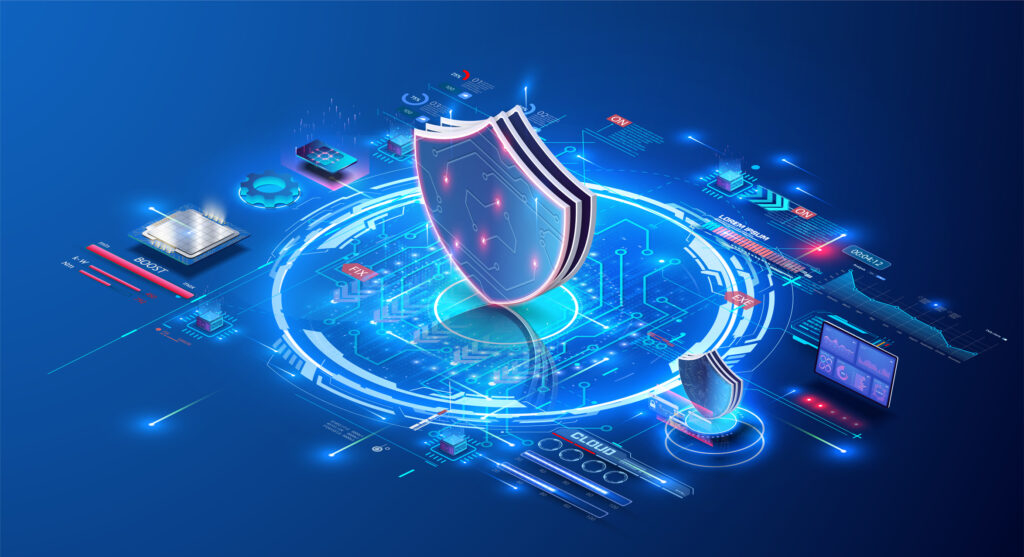A Rising Danger
Enterprises face a significant threat from ransomware attacks, which have become increasingly targeted and widespread. The Colonial Pipeline attack in 2021 is a stark reminder of the severity of the issue. Unlike previous cyber threats, ransomware attacks can impact various industries, making it important for all businesses to take preventative measures. It is a common misconception that ransomware is solely a malware issue when, in fact, it is a security breach orchestrated by human adversaries. While paying the ransom may seem like the only option, it does not guarantee safety, as cybercriminals can still exploit and steal data, posing risks regardless of payment.
What Exactly is Ransomware?
Ransomware is a type of malicious software that infects computer systems and files. It can lock down the system or files, making them completely inaccessible. The attacker then demands a ransom payment for unlocking the files or system.
Ransomware takes advantage of security flaws in IT systems and tends to target businesses. While some attacks are obvious, others may be disguised as spam emails. However, it’s important to note that any organization with data-holding IT systems can be targeted.
The most common targets for these attacks are corporations, particularly those in energy, finance, healthcare, and entertainment. Unfortunately, despite pledges to avoid targeting healthcare organizations during pandemics, they remain a leading target. Overall, it’s crucial to stay vigilant against suspicious emails or activity to prevent falling victim to ransomware attacks.
How Assets Are Targeted
When attacking cloud systems, attackers pursue multiple resources in a step-by-step process—exposure, access, moving within, and actions—to gain access to customer data or company secrets housed in the public cloud.
Exposing Vulnerabilities:
Vulnerabilities are exposed when attackers exploit system weaknesses. Hackers target applications accessible via the internet.
Exposing Vulnerabilities:
Attackers may exploit vulnerabilities using compromised resources.
Moving Stealthily:
Attackers can access important databases by breaching certain system parts while searching for new ways to take control.
Taking Control:
Attackers who gain access to your system can steal or destroy data or launch new attacks. Businesses face an average loss of $1.23 million due to data breaches.
Why are Attacks Successful?
There are several reasons why ransomware attacks are successful, with vulnerable businesses being a common target. The following are key elements for the success of an attack:
- The growth of digital services broadens the attack surface.
- It is becoming increasingly simple to obtain ready-made ransomware, such as Ransomware-as-a-Service.
- The usage of cryptocurrencies in ransom payments throws up new opportunities for abuse.
- The proliferation of computers in various situations provides several entry sites for malware.
- Outdated systems, poor patching, and old operating systems increase vulnerability.
- Security is undermined due to a lack of resources, insufficient experience, reliance on critical employees, and a weak security architecture.
Attackers often use brute force attacks, such as Remote Desktop Protocol (RDP) attacks, to exploit vulnerabilities.
Is It Necessary For You To Pay?
Whether or not to pay a ransom during a cyberattack is a personal opinion. While the FBI advises against it since there is no guarantee of recovery, some organizations still opt for it, weighing the risks against potential losses. The key to avoiding such situations is to take preventive measures through security protocols and recovery tools. Azure Cloud offers a comprehensive solution in this regard.

In Conclusion:
Ransomware attacks pose a growing threat to enterprises across various industries. Understanding the nature of these attacks and implementing robust security measures is crucial for safeguarding data and systems from potential breaches. Prevention remains the best defense in this evolving cybersecurity landscape.
